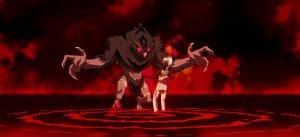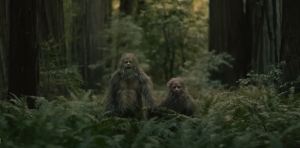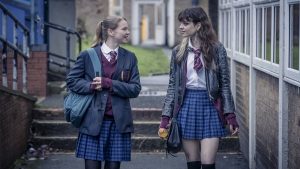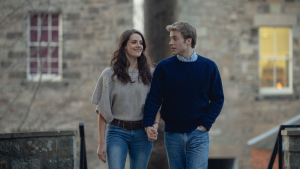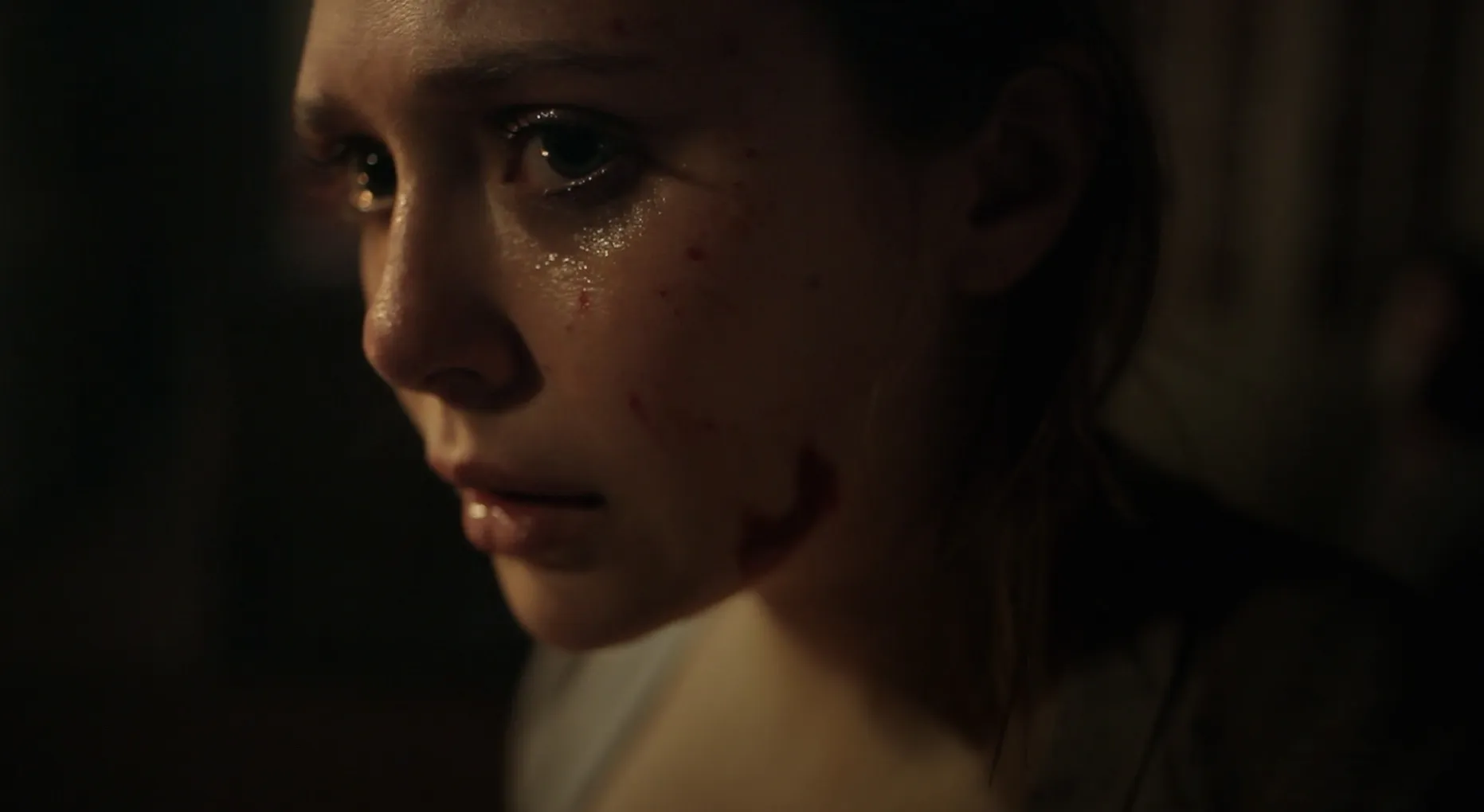
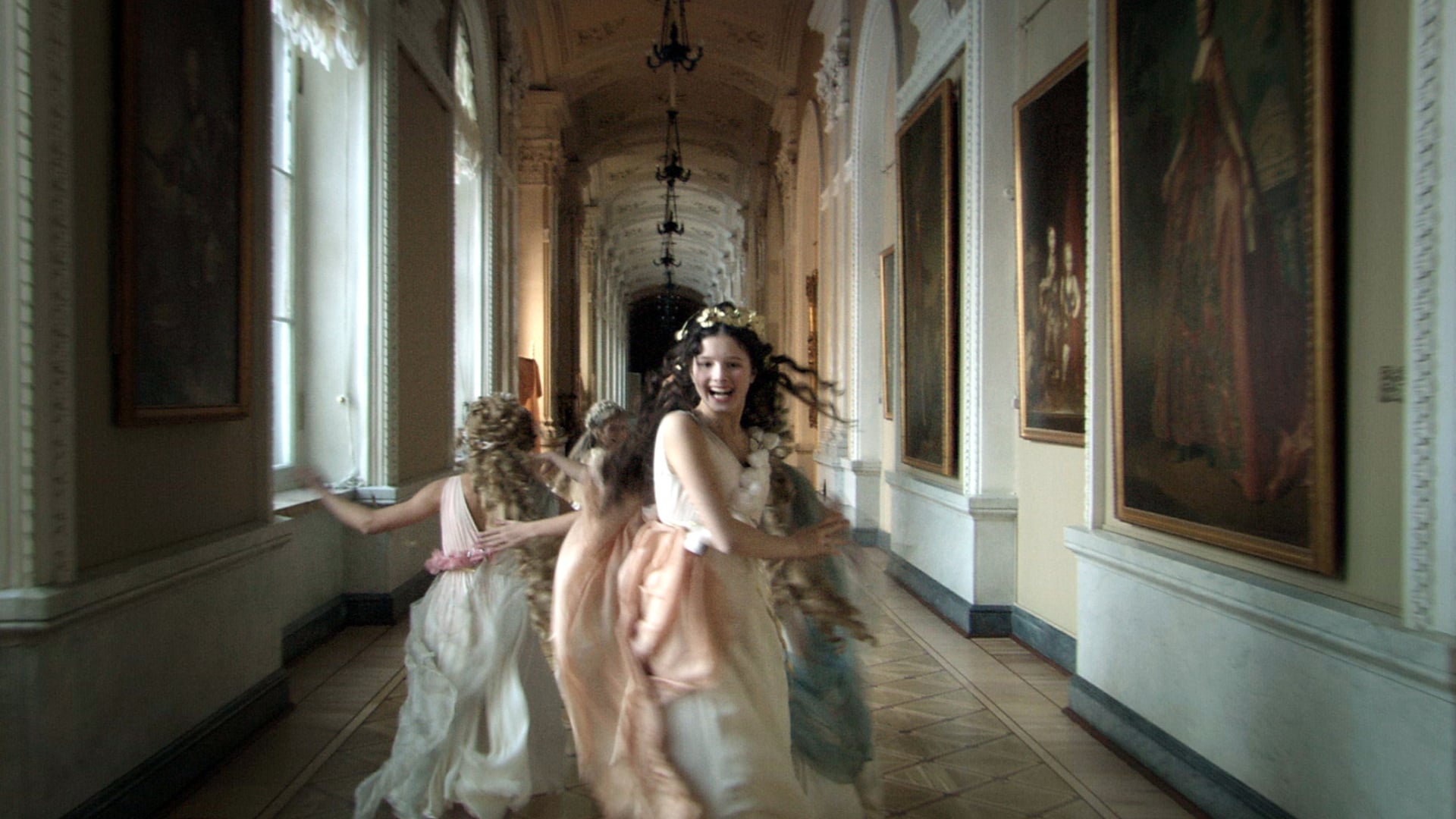
Time is a bully. It forces you to sit through moment after moment as you wait for the next thing to happen, confined to the one-dimensional flow of the past into the future, powerless to do anything about the fact that present sucks so much, but that is where we will spend the rest of our lives.
One of the things that makes movies so magical is that, through the miracle of editing, one “now” can quickly become another “now” without having to cross the vast distance of time and space between those two points. This shifting viewpoint of the camera, even if it’s just across a few inches or moments, imbues the medium with a sense of omnipresence that is absent from our normal lives; it alters our conceptions of how stories flow, how causes and effects are related to each other.
After so many decades of the evolution of film syntax, we don’t even notice these things anymore. Until we see a film that chooses to do without them.
Here are the top ten films, according to the Flickchart Globals, which uncinematically chain themselves to the inexorable constants of time and space. They attempt to tell a story completely within the frame of the take.
Sometimes this is actually a real single take; others are simulated through creative stagecraft or computer manipulation. But all are trying to remain faithful to the same laws of time and space that we, who live outside the frame, are forced to obey in our regular lives.
Does this cruel constraint imposed by the filmmakers force the creation of something beautiful, or does it simply crush the cinema out, leaving only exhausting, pretentious bodycam footage? Tell me in the comments.
10. PVC-1 (2007)

Global ranking: 61,116
Wins 48% of its matchups
9 users have ranked it 105 times
0 have it at #1
0 have it in their top 20
PVC-1 is a Columbian film that is, frankly, harrowing, and made all the more harrowing by the relentless, unblinking eye of the lens forcing you to stare at it. It’s not quite a “snuff film”; the moments of intensity are tactically distributed in between long sequences of travelling or otherwise dread-building negative space. But it’s clear we’re supposed to be thinking about snuff films, and imagining this to be a gritty, uncinematic document of a real-life nightmare.
A group of criminals breaks into a rural home and places an improvised collar bomb around the neck of the mother, which they will remove in exchange for 15 million pesos. The criminals leave (for their own safety I guess?), leaving the poor family to desperately try to make contact with law enforcement and anyone willing to help them.
The film takes place across several different settings, following first the criminals, then in the family’s house, then out into the country side in and out of various vehicles as they try to get to where help can be found. The single-take style effectively communicates the constrained and time-sensitive nature of the emergency. It allows everyone’s emotions to play out in real time and in addition, we wind up with an amazing sense of the geography, the sense of rural beauty mixed with disconnection, against which this bizarre situation stands out in cruel relief.
9. Bushwick (2017)
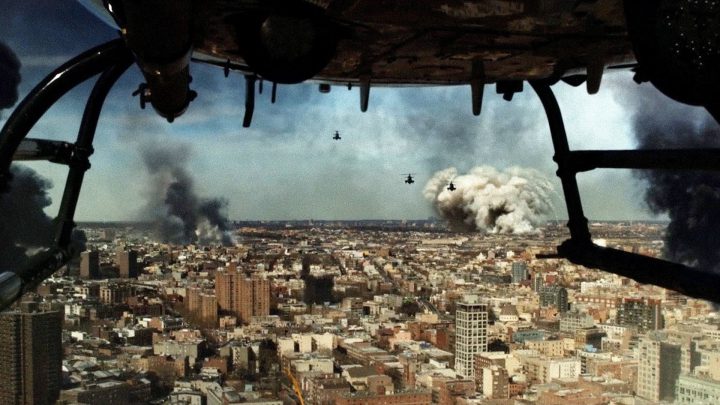
Global ranking: 59,440
Wins 39% of its matchups
54 users have ranked it 870 times
0 have it at #1
1 have it in their top 20
This author is on record as a shameless Bushwick proselytizer, in part because its use of the simulated single-take elevates an otherwise direct-to-video action film to a new level of storytelling.
Basically, an unknown paramilitary force invades New York City, and the citizens on the ground must scramble to figure out who the good guys are and what options of rescue exist. It’s Die Hard in Brooklyn, but this time our John McClanes have a steadicam following them everywhere. And this time, no cuts.
Bushwick made an appearance in our article on movies influenced by found-footage, because that is part of how it is able to tell the story it wants to tell. The point of the film is not the geopolitics that led to the incident (such as in The Siege), nor a celebration of law enforcement’s response (such as Olympus Has Fallen). The point is the stories of normal people who get caught up in things like this. The point is to show the other, smaller side of these action/disaster movies, this time with an eye towards the personal horror of modern war.
By forcing us to remain grounded in each moment and each physical step taken by the heroes, we get to experience the frisson of confusion, revelation, and tactical problem solving in real time. And along with that emotional momentum, we’re given a tremendous sense of place and space; we come to know intimately the vibe and geography of the neighborhoods, and as such we gain a greater appreciation for the violent imposition that has been visited upon them.
8. Silent House (2011)
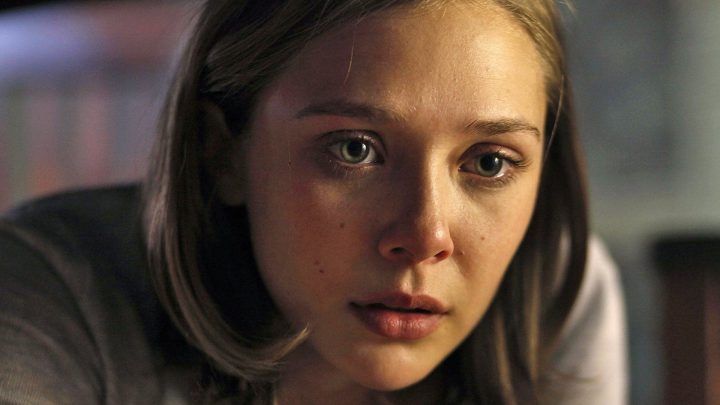
Global ranking: 15,843
Wins 36% of its matchups
451 users have ranked it 7479 times
1 have it at #1
7 have it in their top 20
Silent House is a film that very much depends on the ability of its star to hold our attention. Fortunately, Elizabeth Olsen has star-power to spare. She exudes chemistry and confidence in every frame of this her first theatrical film (!), which foreshadows the career that we know lies ahead of her.
Like Bushwick, the story is dead-simple: a daughter, a father, and an uncle are fixing up their old summer house for sale, when things start to go bump in the night. Through some hand-wavery, it is established that once inside, the house is not easy to exit from (it requires a key, which oh no goes missing, etc.; you get the idea). The film becomes very claustrophobic very quickly, and this is intensified by the pseudo-one-take style.
Knowing that we are trapped inside this take, we cannot expect the relief of some magical edit to some other place or time. Olsen is in almost every “scene”, and as she gets more anxious, so do we. The somewhat played The Others-style “haunted house” tropes take on more power as the audience desperately searches the edge of the frame for more information.
Many of the ways in which the single-take style augments the narrative can’t be articulated without spoilers, but overall, the film’s punchline about how trauma traps us in the past is well-delivered (despite a somewhat lackluster script). Fueled by its relentless take and Olsen’s big wet magnetic eyes, Silent House is perhaps the “barest” example in our list, and I mean that as a compliment.
7. Timecode (2000)

Global ranking: 12,285
Wins 34% of its matchups
329 users have ranked it 6316 times
0 have it at #1
2 have it in their top 20
Timecode is the rare “experimental film” which has made something of a mainstream impact, due to the nature of its experiment. Four cameras simultaneously capture four continuous takes, which are shown simultaneously in a grid on the screen. A (somewhat) coherent series of narratives unfolds, relying on careful staggering and synchronization of events taking place in each of the frames. In addition, the sound focus shifts from frame to frame, subtly guiding or sometimes just nudging our attention in particular directions.
There’s not much point in giving an actual synopsis of the film, because that’s almost the least interesting part; it’s a fairly vanilla Hollywood melodrama with love triangles and alcoholism and murder and triumph and comic relief. Not bad per se, on its own, but one is left wondering why this particular story had to be told this particular way. The experiment (it’s an undersell to call it a “gimmick”) is so overwhelming in its bold strangeness that most ordinary narratives would pale by comparison.
So how does it fit into our concept here? Technically, there are four takes in this film; should that not automatically disqualify it? But at the same time, each frame represents its own complete single-take film (though not a complete narrative), so perhaps Timecode is 400% over-qualified? The fact that this by itself is a juicy debate to have with your friends means that it belongs in this conversation.
But the most important feature that Timecode brings to the table is improvisation. All of the dialogue in the film is improvised, as well as a large part of the blocking and the cinematography. Something frequently omitted from discussions around single-take, and even simulated-single-take, films is how they are virtually impossible to achieve without allowing greater-than-normal leeway for the actors (and sometimes the crew) to allow moments to play out organically.
All of the films in our list, in one way or another, are celebrations of structured improvs, and just in terms of sheer improvisational complexity, this film may be the greatest example in our list.
So while the collection of four takes removes significant constraints on place and storytelling complexity, all of the other aspects and advantages of single-take films are on display here. It’s just a shame so few films have followed in its footsteps.
6. Victoria (2015)
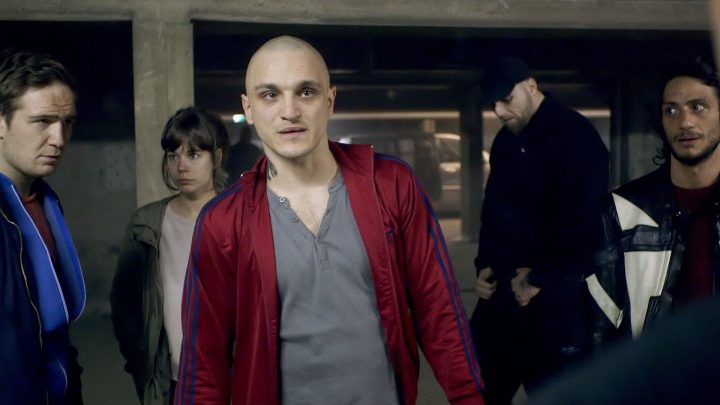
Global ranking: 4202
Wins 56% of its matchups
258 users have ranked it 5781 times
1 have it at #1
13 have it in their top 20
Victoria tells the story of a Spanish expat in Berlin whose wild night gets progressively wilder until it devolves into a desperate crime spree. The story is linear but logistically complex, requiring multiple real-life urban locations and non-trivial stagecraft such as gunfire and bleeding wounds. Given that it was filmed in a true unsimulated single take, this must rank as one of the most complicated action-thrillers ever made.
But what really distinguishes this film within the genre is the subtlety, realism, and warmth of the relationships that we see form in real-time right in front of us. This is the actors’ fourth time through this material, and they each understand their characters so completely, including how desperately they all want to connect and move forward with their lives. The unflinching lens of the camera allows this to come through with minimal artifice, and it is the characters’ needs that truly fuel the energy of the film.
This should be true for all films, of course, but there is something about the ultra-cinema-verité style of single-take which makes them seem all the more alive.
5. Russian Ark (2002)
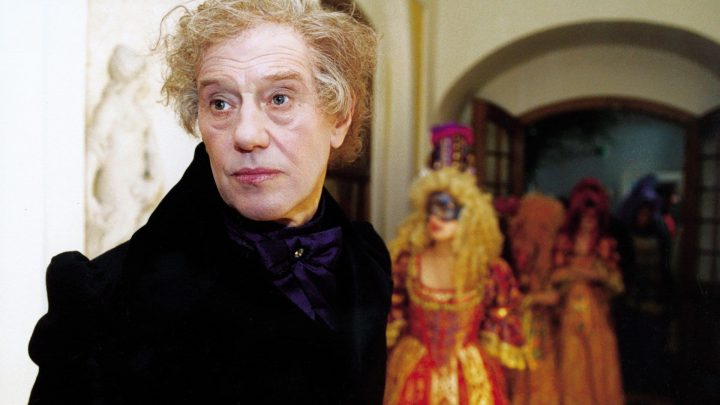
Global ranking: 2828
Wins 49% of its matchups
552 users have ranked it 10,699 times
1 have it at #1
18 have it in their top 20
Russian Ark is arguably the most critically celebrated single-take film in our list, and it is the highest-ranked unsimulated example. Director Aleksandr Sakurov uses the St. Petersburg Hermitage Museum as the vessel for an extravagant contemplation of the perpetual “cultural conversation” taking place between Russia and Europe over the past three hundred years, as well as the Hermitage’s own role as a kind of reliquary of the Russian soul.
The film is structured as the experience of a man who has recently died, whose immediate afterlife takes the form of an unbroken walking tour of the Hermitage where we see played out scenes from Russia’s history as it grappled (and continues to grapple) for its place in world culture. As we look through the narrator’s eyes, we are guided by the ghost of a French aristocrat with whom we hold a running dream-like dialogue, and as we pass from room to room, time shifts sometimes hundreds of years and not always in the same direction.
There is a beautiful aesthetic harmony to the fact that here in the land of Eisenstein, that master of editing and montage, we are celebrating with a film that does no editing at all. Or, should I say, no conventional editing; passing between rooms and spaces acts as a kind of delineation in time and space, making the film overall a kind of long-form, smoothed-out montage all done completely within the frame.
As such, the end result feels very much like an immersive theatre piece, a history lesson on what it would feel like to actually be back then.
4. Enter the Void (2009)
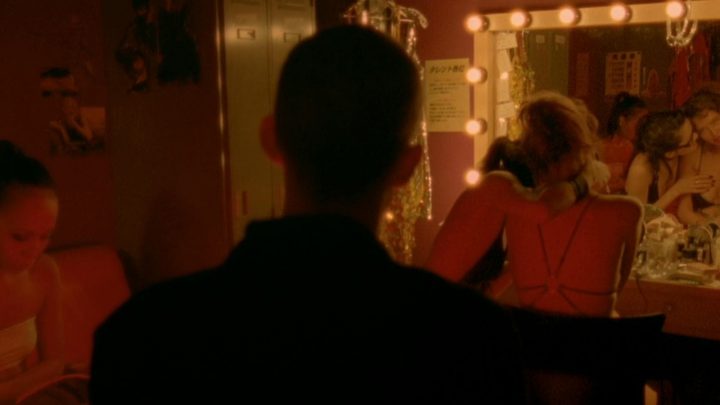
Global ranking: 1482
Wins 52% of its matchups
1022 users have ranked it 22,579 times
8 have it at #1
79 have it in their top 20
This film is a bit of a controversial choice because depending on how one interprets certain (digital) transitions in the film, they could be considered “cuts”. But the film is world-built in such a way that the camera could still be said to be capturing a single continuous fragment of subjective experience, which just so happens to involve sudden shifts in place and time. So I’m allowing it.
Enter the Void purports to show us the final first-person moments of the protagonist’s life (including a DMT hallucination), and then what he “sees” as he transitions out of his (now dead) body into the next phase(s) of his existence.
The first act, is almost hyper-realistic in its first-person-ness (DMT notwithstanding), down to actually eyeblinks in front of the lens. Later, the “plot” (such as it is) becomes the character gaining insights both from the present (via impossible camera movements through space) and from the past (through instantaneous shifts of presence to other points in time). The first act’s dedication to “rigor” leads us to believe that the last two acts are similarly “realistic” to the afterlife experience, which is a brilliant negotiation of the “economics” of the audience’s disbelief.
I’m sure that director Gaspar Noé was not primarily concerned with the question of “is this really a single take”. But trying to determine the answer to this question has fascinating implications about the underlying thesis of the film. Into the Void also functions as an interesting counterpoint (or perhaps a concurrence) with the vision of the afterlife as portrayed in Russian Ark.
3. Birdman (2014)

Global ranking: 606
Wins 60% of its matchups
6394 users have ranked it 120,895 times
45 have it at #1
556 have it in their top 20
We used this film in our article on films influenced by found-footage as a placeholder for the footprint that found-footage’s resistance to the tyranny of editing has had on modern cinema, and that’s absolutely true. But there is more to this film than simply being “anti-editing.”
Michael Keaton plays an actor trying desperately to recover his artistic integrity on Broadway after becoming famous for a Hollywood blockbuster superhero trilogy. His desperation and sadness manifest as fantastical visions and hallucinations of his powerlessness becoming transformed into a delusional kind of paranormal self-actualization. Nothing short of actual superpowers will actually redeem him.
The lack of cuts forces us to walk with this tortured artist as he experiences literally a dark night of the soul. Nothing is, or can be (we come to understand), skipped over, no nuance or detail elided, in the artist’s journey, the lesson being that the only way out is through.
This is arguably the most heavy-handed application of this (simulated) technique in our list. The unbroken pathos (even/especially when it’s funny) really hits us over the head in every scene. But the only thing worse would have been if they’d filmed this story conventionally. So much would have been lost, so many little wrinkles of humanity that only a close-up, staring eye can capture.
2. 1917 (2019)
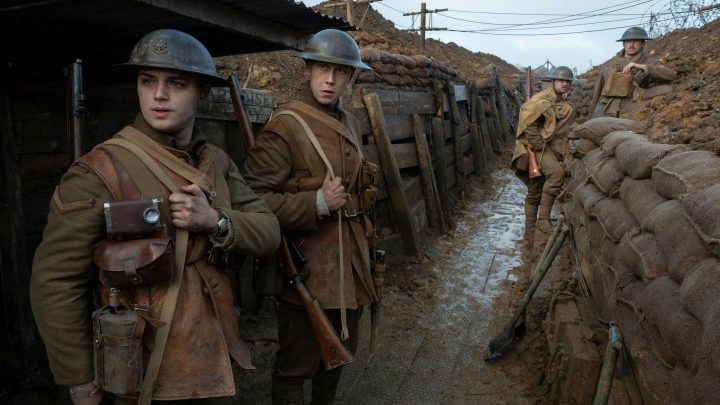
Global ranking: 603
Wins 63% of its matchups
1956 users have ranked it 44,492 times
9 have it at #1
159 have it in their top 20
The Great War is something of a forgotten war in popular cinema (at least after the silent era), and one of 1917’s perhaps subconscious goals is to remind everyone that an entire generation of Europeans, what might have otherwise become the greatest generation, was killed in pursuit of opaque and obsolete aims. The reality of World War I is so insane that believably relating it on film is legitimate challenge.
How do you make a film feel more “real”? You need to take away things that make it feel “film-y.” Again, this is what we have learned from found-footage films; their reality comes from simply removing artifice, or pretending to remove it.
A prestige picture like 1917 can’t afford to do without music or special effects or steadicam, but it can (with some heavy help from computer software) present an unbroken segment of time in one soldier’s experience, with only a brief break for unconsciousness.
In a historical period defined too easily by armies, casualty figures, and great masses of men, a film like this serves to remind us about the fundamentally individual experience of war. There’s no better way to support that aim than to just leave the camera running.
1. Rope (1948)
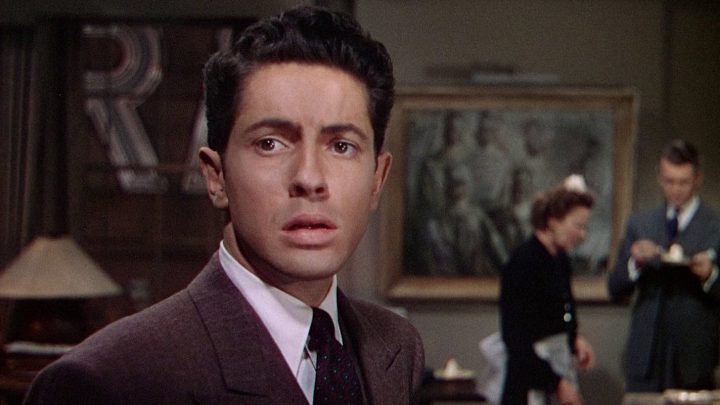
Global ranking: 131
Wins 52% of its matchups
6249 users have ranked it 106,618 times
13 have it at #1
237 have it in their top 20
At the top of our list we find ourselves at the beginning: the first successful and intentional mainstream experiment in single-take filmmaking. Constrained by the 10-minute film-loads of the time, Hitchcock stitches together eighty minutes of continuous action in pursuit of that most Hitchcockian of plots, the “howcatchem.”
Although Hitchcock does violate the “purity” of the technique by resorting to four somewhat undisguised camera repositionings (reportedly due to the inevitability of projector changeovers), we must allow this film in our list, because it feels like what it’s meant to feel like: an unmanipulated slice of time as a sociopath and his boyfriend serve cocktails in the same room where they’ve hidden the body of the man they’ve just murdered.
The horror of the concept really doesn’t get driven home unless the audience is forced to just “hang out” in that room, sit and stare at the trunk that they know contains a body, while John Dall serves James Stewart fucking cake or whatever. This is a “film of attrition”; we are worn down by the suspense until we are ragged. The normal Hitchock rhythms of tension and release are completely awry, in the most wonderful way possible.
Rope is pseudo-single-take filmmaking done not to “make it more real,” like 1917, nor to make it more dreamlike, like Birdman. Instead it’s used, like every other Hitchcockian technique, to ratchet up the suspense and intensify the thrill.
All the films in this list choose to tell their story the hard way, because they know that the constraints (or the implied constraints) of time and space will add entirely new levels to the experience. How fascinating that when movies show time and space just being normal, i.e. moving and behaving exactly how they do in our real lives, where time always moves forward and our point of view does not jump around, it results in a drastically different and unusual film experience.
After less than two centuries of making and watching movies, a half-dozen generations, we have so internalized the tool of editing that to suddenly find ourselves without it leaves us feeling upset and unnerved. The films in this list know how to weaponize those feelings, and we are better off for it.
The post Top 10 Single-Take Films first appeared on Flickchart: The Blog.
